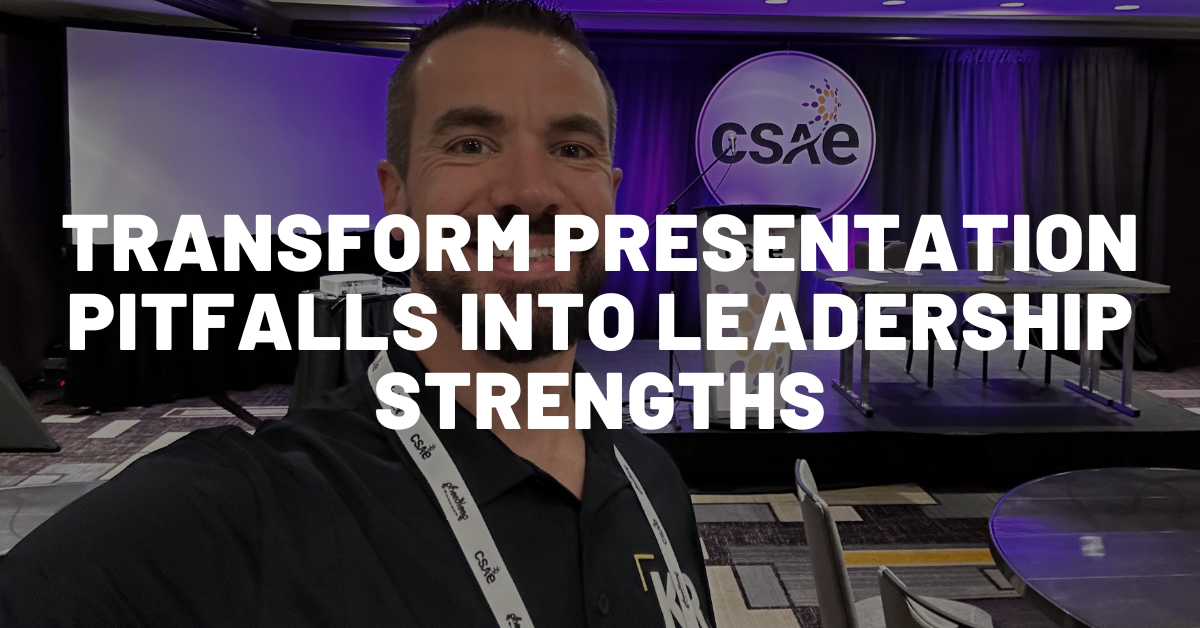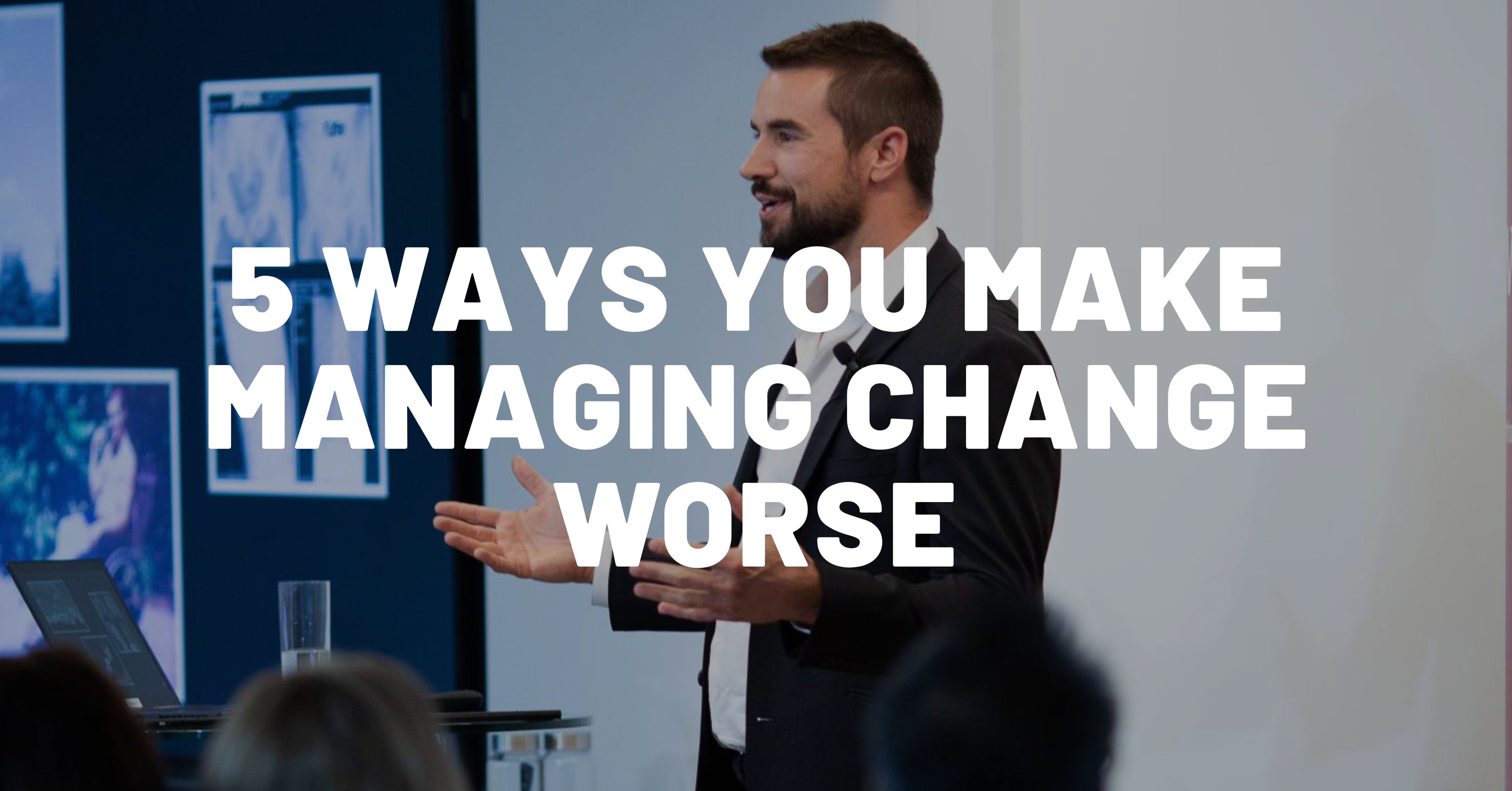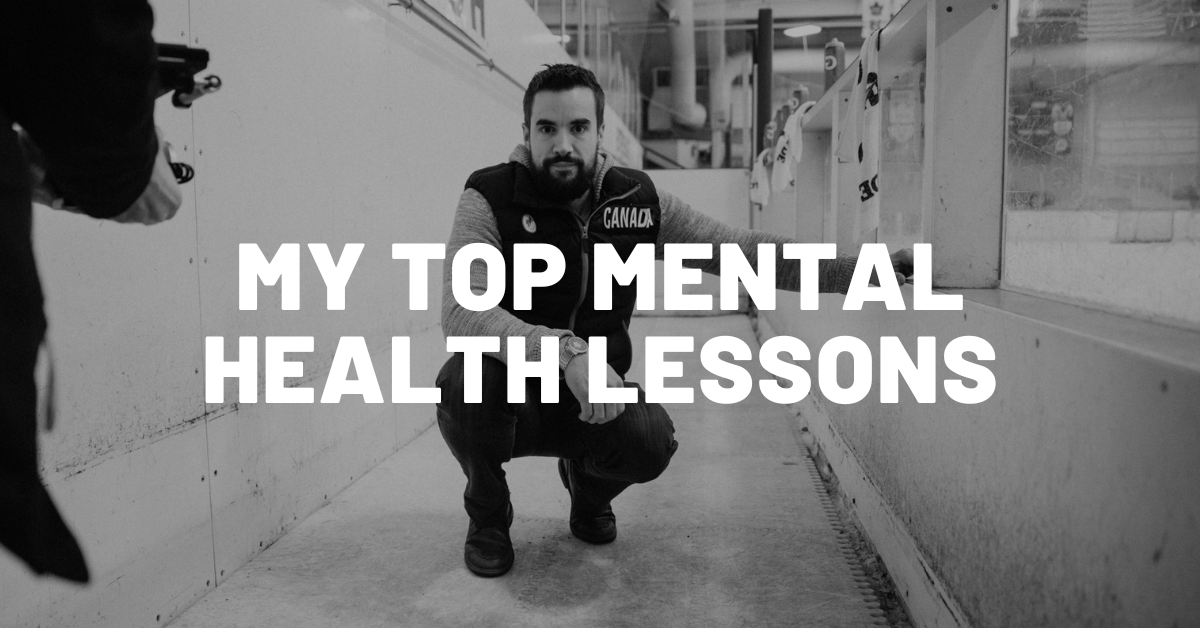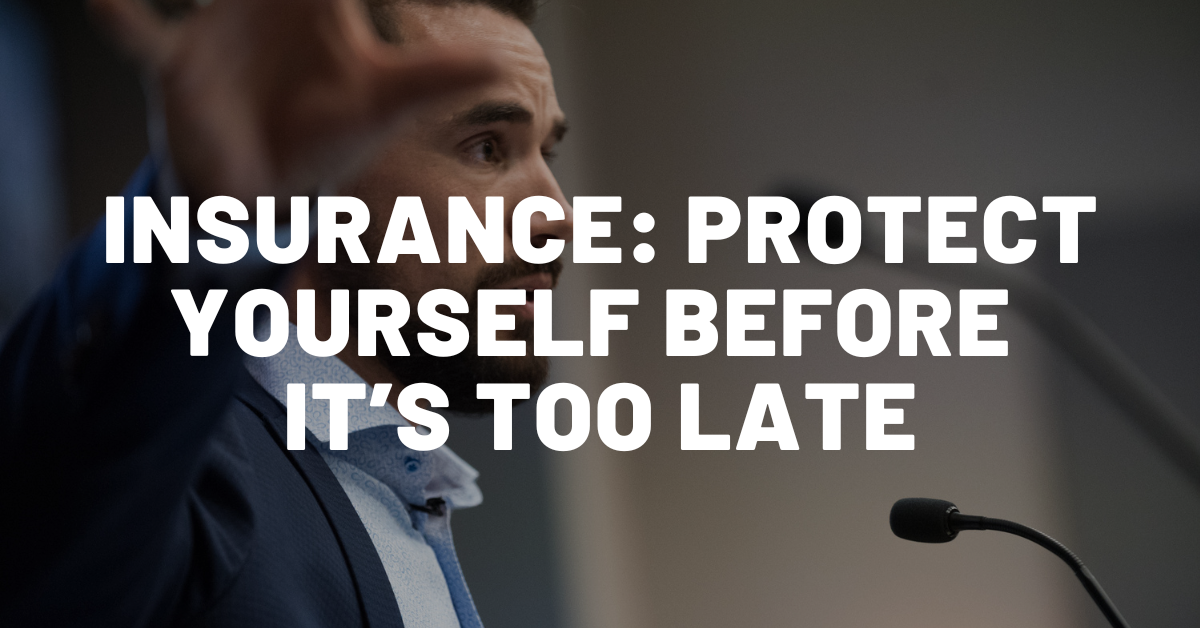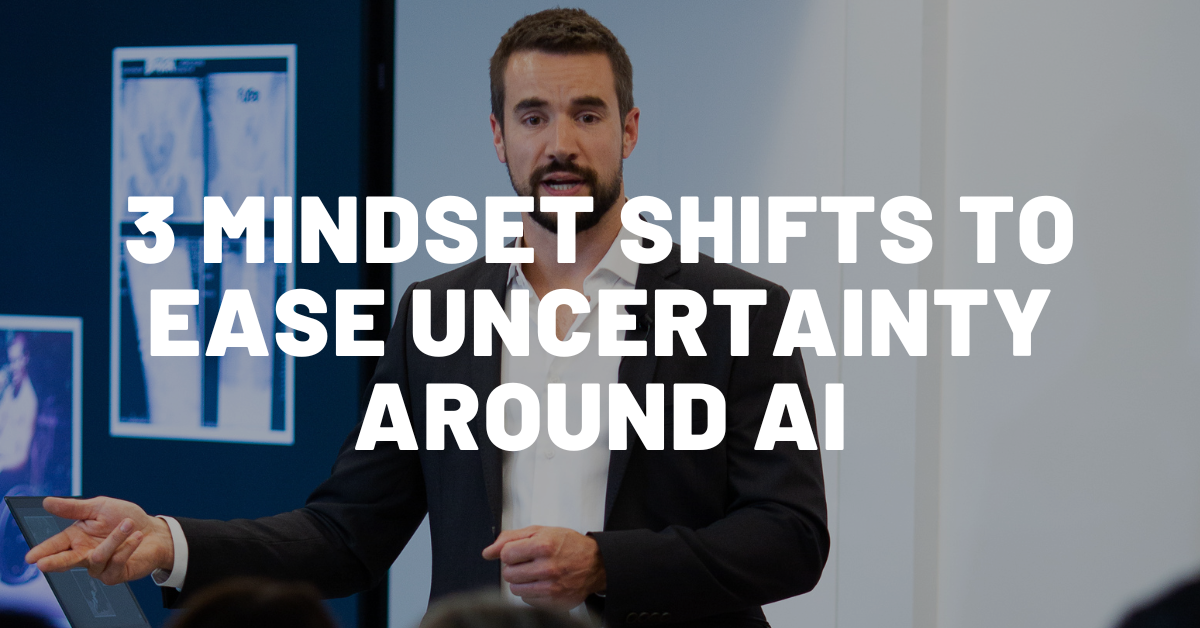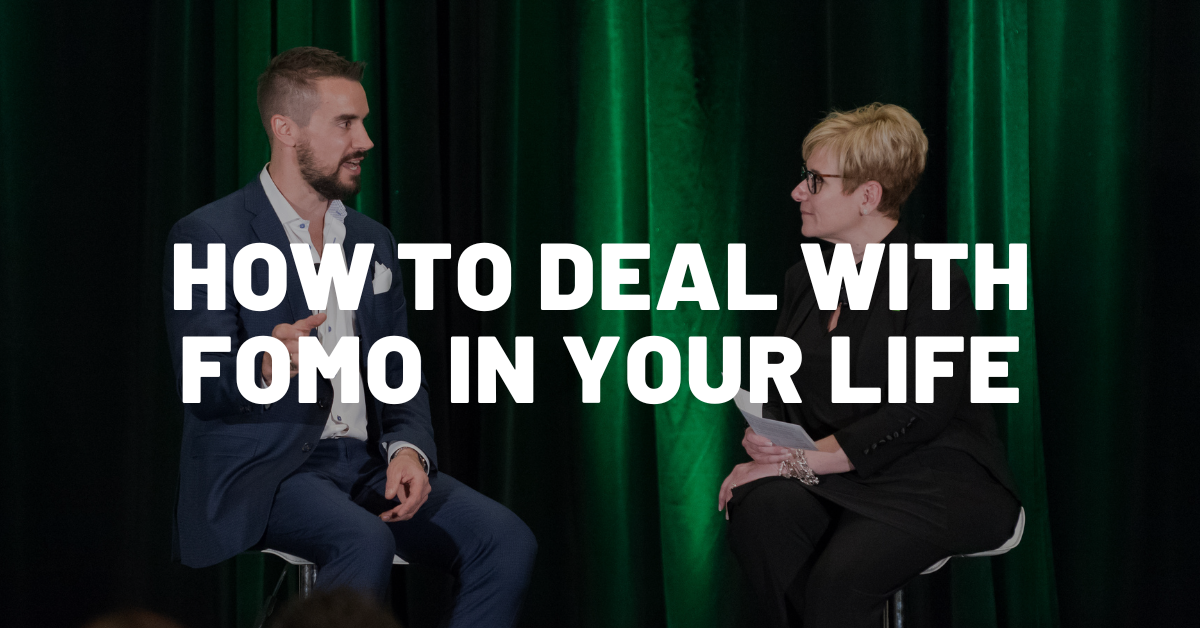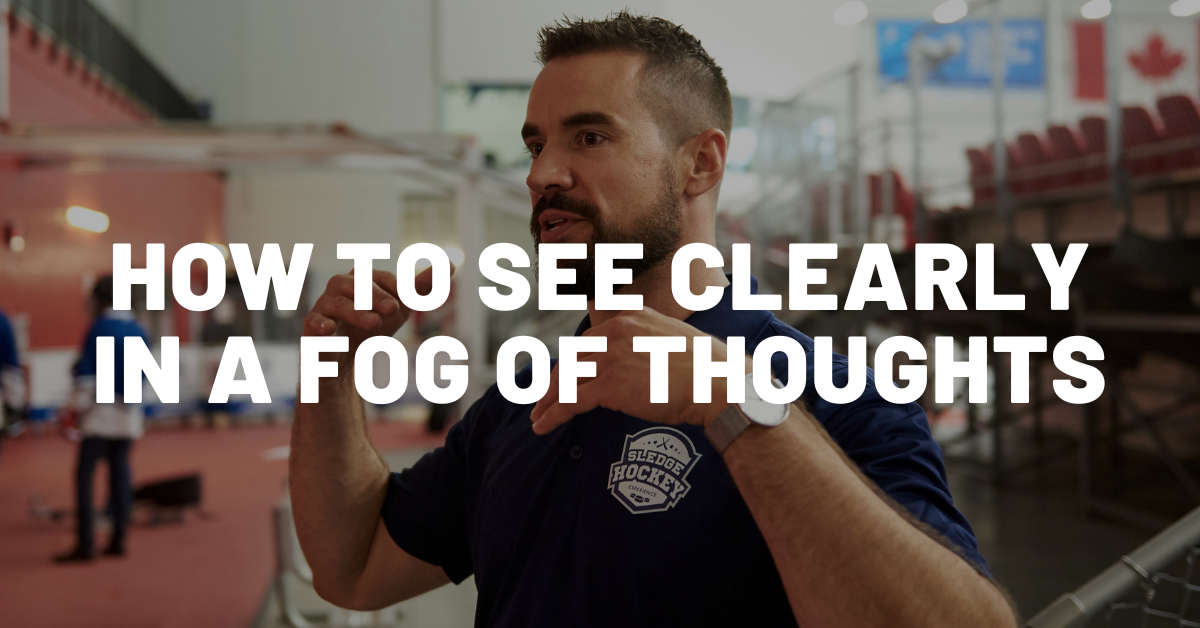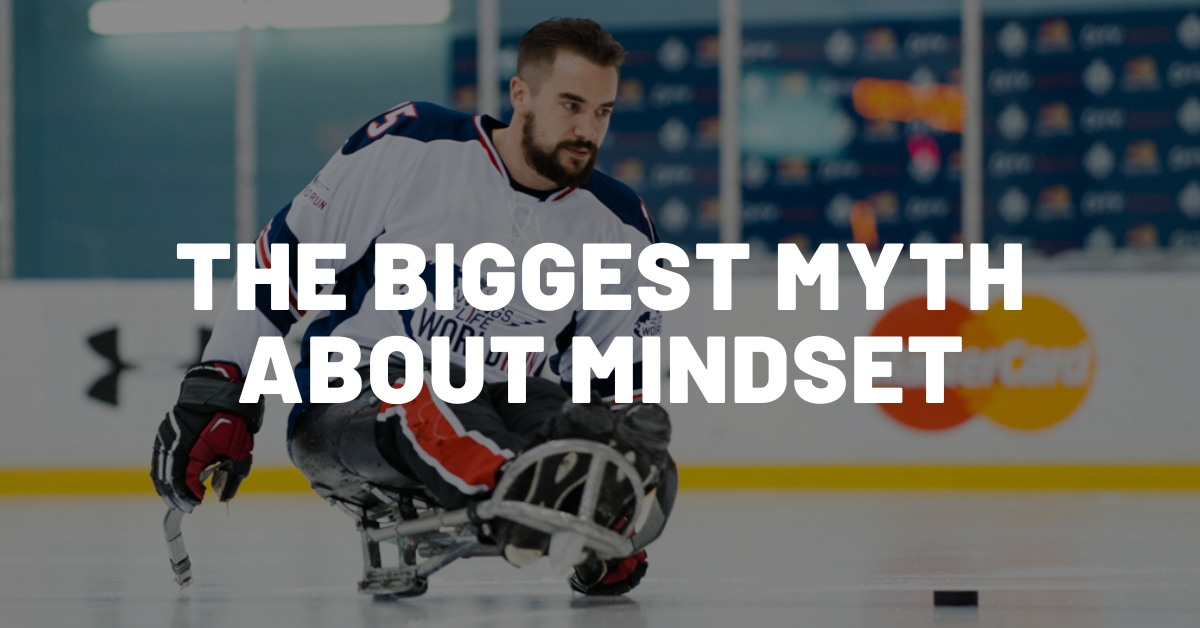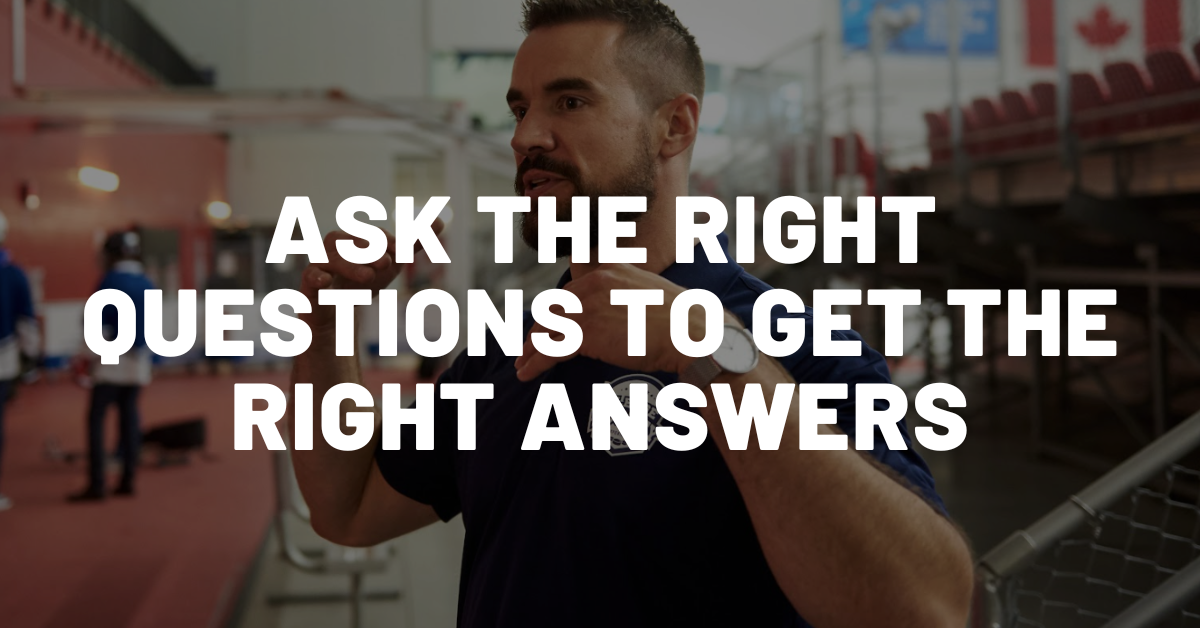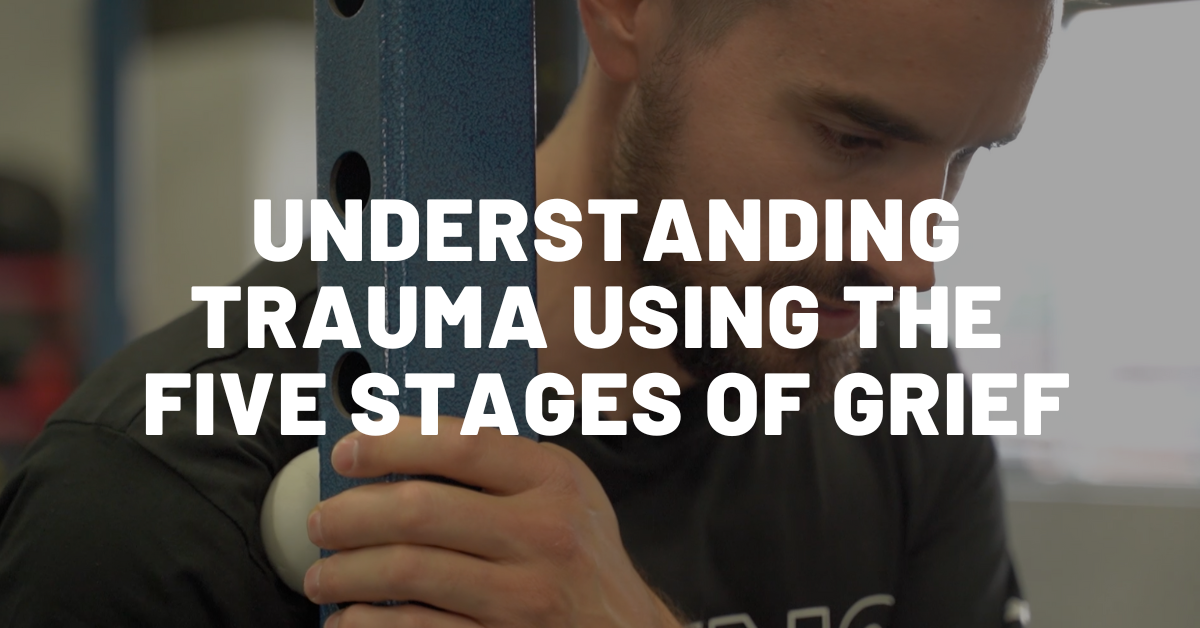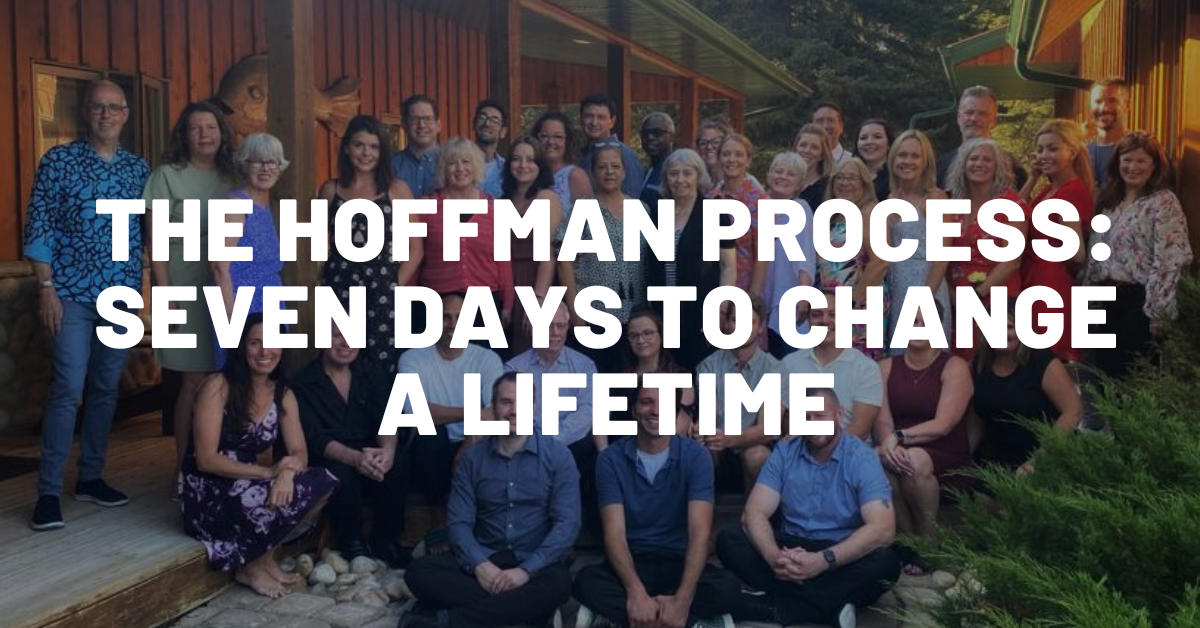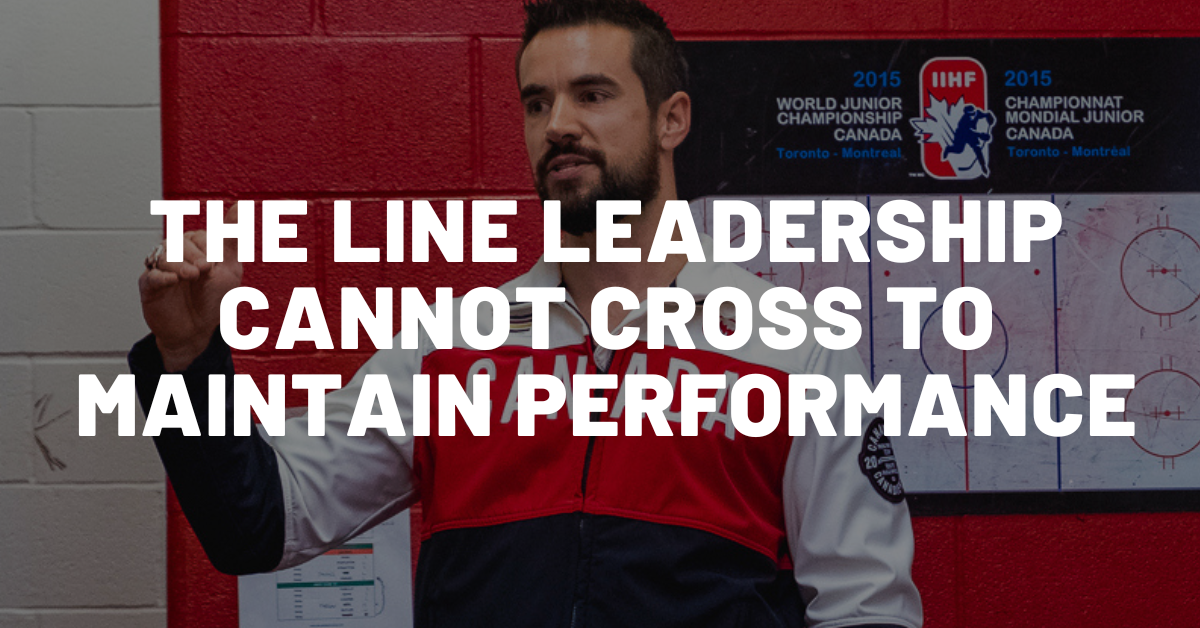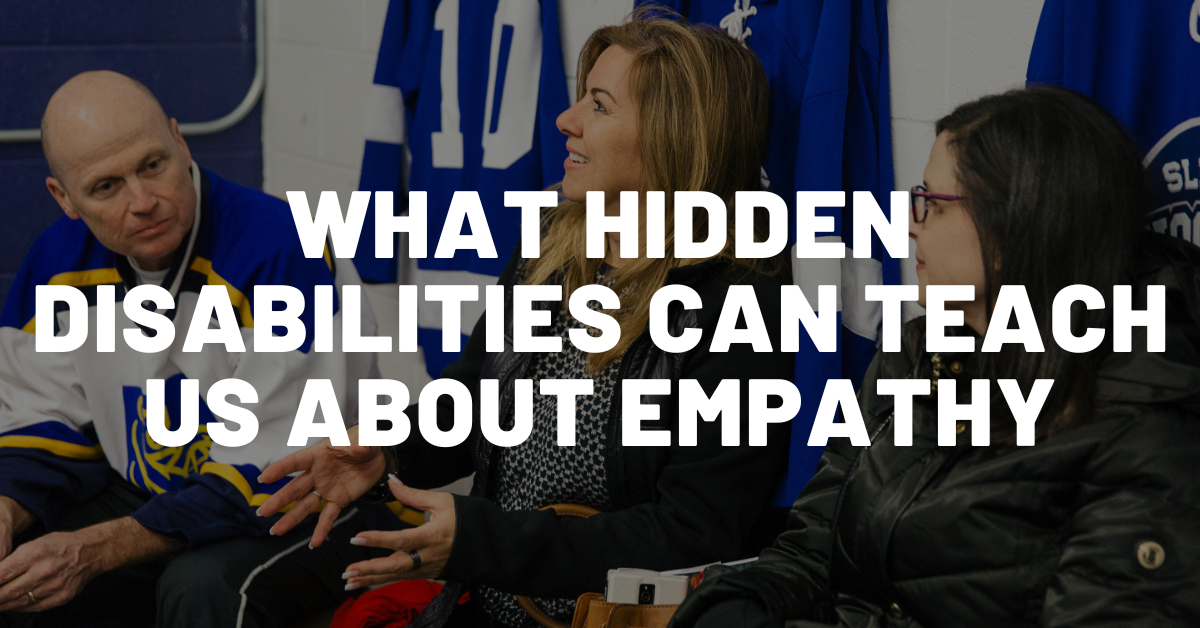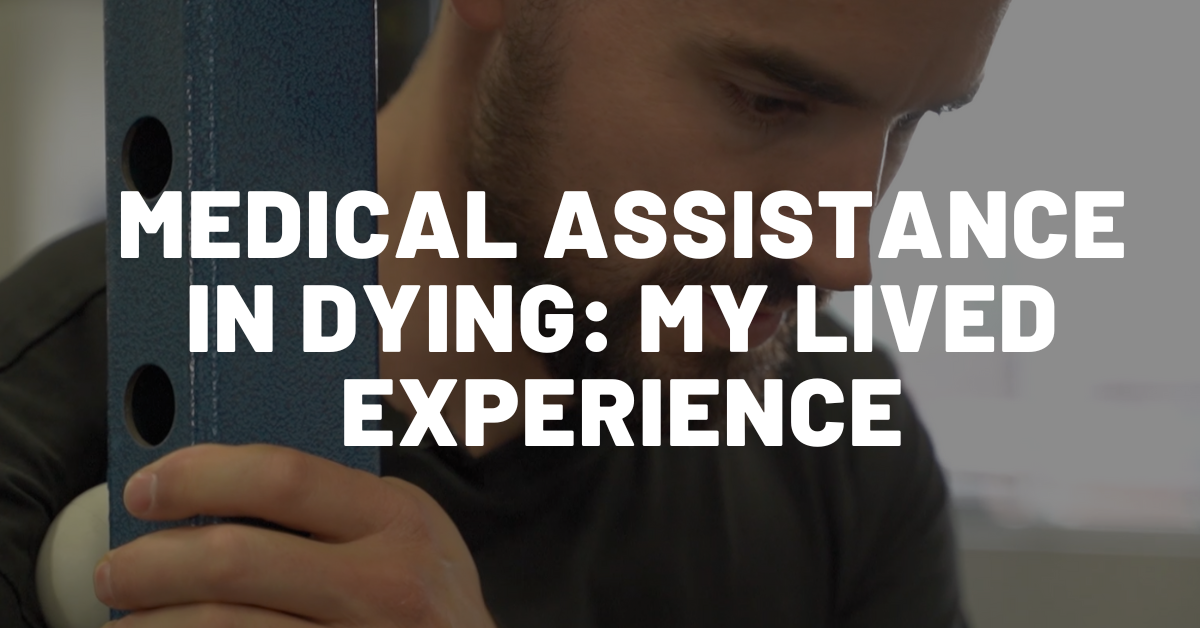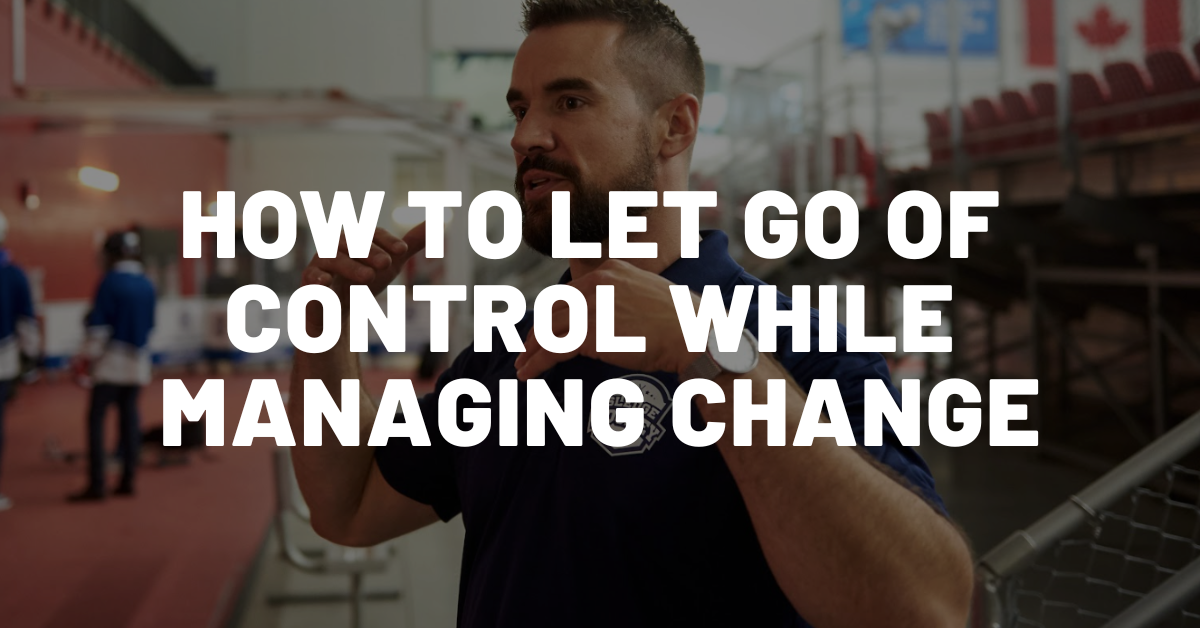Last week I delivered a presentation at the Canadian Society of Association Executives conference (CSAE). It has been on my radar for a long time, as you can be directly in front of several decision makers that can potentially hire you for new speaking engagements.
To speak here, you must submit an abstract of your talk, which is different from how I normally work. Usually, I am requested to speak versus asking if I can speak.
Nevertheless, I proposed a session. It was accepted and I was on my way to speak about “Bridging the Generational Gap: 3 Shifts to Ensure Association Success”. It was not a keynote, and it was not my signature talk on “The Hero Mindset”, but I was excited to deliver it.
Fast forward to the end of the talk, it went well, but by no means did I light up the room. My efforts to create a new presentation that was custom tailored to what I thought this audience would want did not pack a punch like my keynote on The Hero Mindset.
What Went Wrong
In hindsight, the biggest mistake I made was I skimmed over my story. Based on constructive feedback from participants, it was clear that although I thought I was doing a good thing by talking less about my story, that’s what people wanted to hear about.
This is the third time I have mistakenly done this. I once over prepared for a talk with too much business jargon in it, leaving people disappointed they missed out on my story. Another time, I switched to PowerPoint slides to share visual models after using my iPad for the first two sessions. Feedback then was that it was less engaging and “It’s not you, which is why we hired you.”
These mistakes remind me of the saying that “You will get sick of your story before your audience ever does. It may be your 1,000th time sharing your story but it’s your audience’s first time hearing it.”
How to Bounce Back
As I went back to my hotel room after, the self-sabotage pattern that started to creep in was to start talking negatively to myself, remind myself how bad things went, reinforce that I will never be hired for a speech again, stay in my room for the remainder of the conference and regret going.
Instead, here is what I did to quickly bounce back:
- I laid flat on the floor with my knees bent, eyes closed, and allowed myself to feel my emotions for as long as necessary (which lasted 10-15 minutes)
- I stopped judging myself and reminded myself that “You’re never as good as you think you are. You’re also never as bad as you think you are. No ‘one speech’ will make or break your career. Keep going”
- I also reminded myself to “Let go”. Let go of your expectations. Let go of disappointment. Let go of negative thoughts you’re holding onto. It is what it is, and the fastest way to move forward is to let go and ask “How can I use this?”
How to Leverage Failure
You are seeing it in action right now. I could dismiss what happened, or I can talk about it.
- I’m showing a vulnerable side of myself that people rarely see and that I am a real human, just like you
- I am sharing the three steps I took in my hotel room by myself when no one is watching to be mindful and process negative emotions
- I’m turning this experience into a blog post where I can teach others to let go of failure
- I’m taking action, to quickly turn this around in the minutes after it happened in my hotel room, as well as in the coming days through this article
- I’m going to share this article with people I met at the conference to share that I was not at my best but try and bring value in how I do it which can help them
How You Can Use This
As I reflect on my journey with public speaking, I’ve come to realize that each setback in a presentation is not just a momentary lapse, but an invaluable lesson in leadership. These moments help me become more self-aware, authentic, and resilient.
These moments make me want to stand up again, raise my hand and say “Look at me! Not because I am great, but because I am just like you. I, too, mess up, and I want to share with you what happened to me so that you recognize for yourself that it’s ok to fail. This is not the end. We have many more opportunities ahead of us, and this too shall pass.”
To my association executives at CSAE, fellow leaders, and corporate professionals, remember that every stumble in front of an audience, your team, or your association is an opportunity to strengthen your influence as a leader.
Embrace these experiences, learn from them, and use them to refine your skills. Your journey in transforming presentation pitfalls into leadership strengths is not just about commanding the room; it’s about inspiring those within it beyond the stage.
—
Whenever you are ready, if you would like to learn more, here are the best ways I can help you:
Connect with me on LinkedIn – This is where I post my best content to help you shift your mindset to drive results and embrace change. Click here
Hire me as a speaker for your next event – Watch my keynote demo reel on The Hero Mindset to see me in action. Click here
Work with me privately – If you would like to work with me and my team privately to help strengthen your commitment towards the change you are experiencing, increase your mental resilience, and perform with relentless stamina, just send me a message here and let me know the important details about your business and we’ll take care of the rest.

